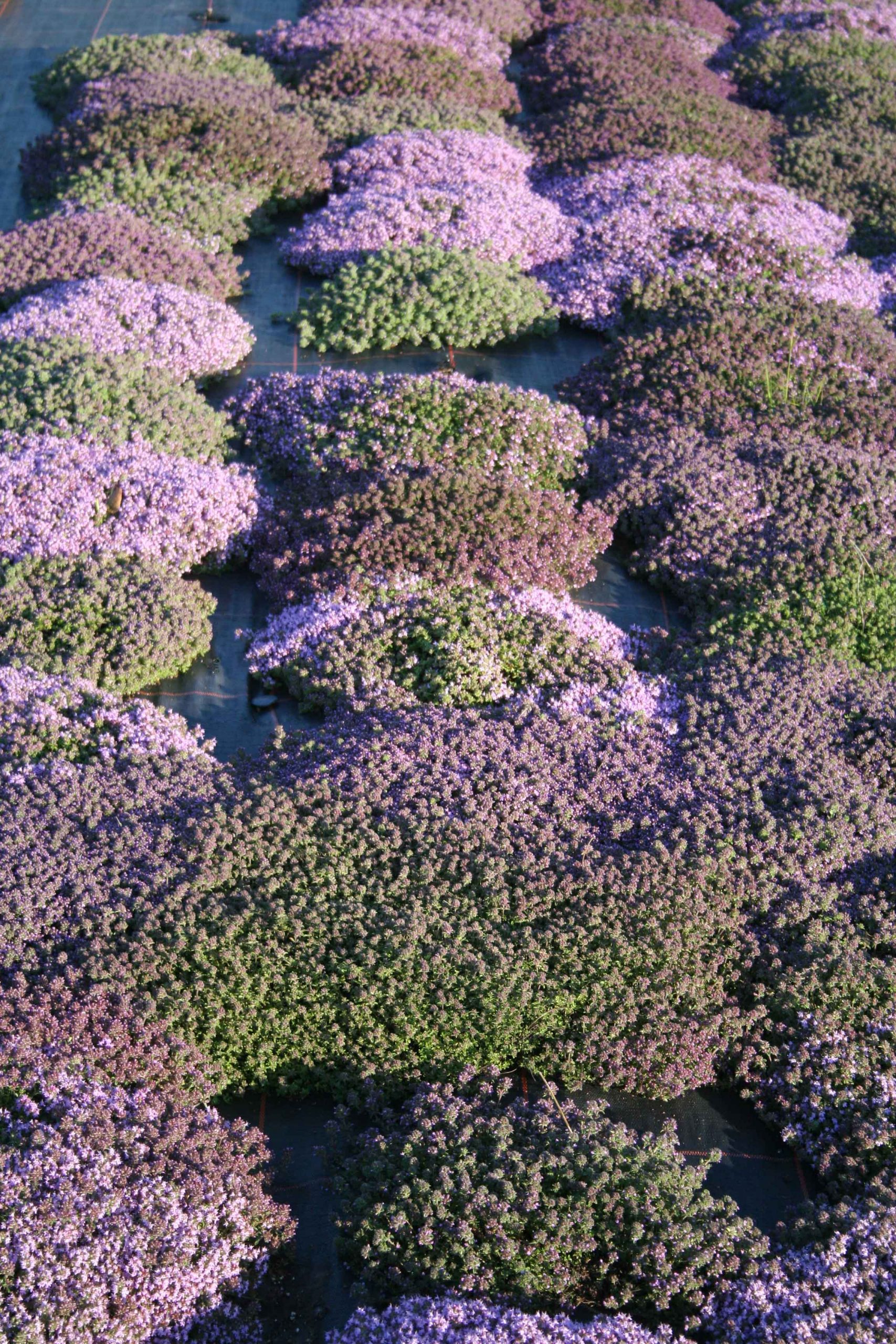

cyclopium (MIC-0.19 mg/ml) showed the greater sensitivity to the tested extracts, respectively. cereus (MIC-0.75 mg/ml)), Penicillium funiculosum and P. Potentiometric evaluation of urine samples collected from treated rats revealed a clear and mild natriuretic and kaliuretic effect after the administration. Both herbal preparations produced a statistically significant, dose-dependent and gradual increase of the urine output, the effect being more intense at 24 h (6.63–7.13 ml/24 h). All the extracts exerted a mild diuretic action, TCT and OpTC inducing the most intense diuretic effect. Finally, phenolic profile of the aforementioned herbal extracts was evaluated using an ultra-high-pressure liquid chromatography (UHPLC) coupled with high-resolution mass spectrometry (HRMS) method to check the impact of the different preparations on the most abundant and significant compounds. In vitro antibacterial and antifungal activities were assessed using p-iodonitrotetrazolium chloride assay against six bacterial strains and six fungal strains by monitoring minimum inhibitory concentration (MICs), minimum bactericidal concentrations (MBCs) and minimum fungicidal concentrations (MFCs). Additionally, sodium and potassium excretion were monitored using a potentiometric method with selective electrodes.

In vivo diuretic effect was tested using Wistar rats treated orally with each herbal preparation (125 and 250 mg/kg dispersed in 25 ml/kg isotonic saline solution) and quantified based on cumulative urine output (ml), diuretic action and diuretic activity.

Griseb, also evaluating their comprehensive phenolic profile. The present study aimed to evaluate the in vivo diuretic effect and in vitro antimicrobial properties of three herbal preparations (infusion-TCI, tincture-TCT and an hydroethanolic extract prepared through an optimized ultrasound-assisted method-OpTC) obtained from the aerial parts of T. (Lamiaceae) is a wild thyme species endemic for Romanian Carpathian areas, frequently collected as substitute for collective herbal product Serpylli herba, cited as antibacterial and diuretic remedy in traditional medicine. 6Department of Pharmacology, Physiology and Physiopathology, “Iuliu Haţieganu” University of Medicine and Pharmacy, Cluj-Napoca, Romania.5Department for Sustainable Food Process, Università Cattolica del Sacro Cuore, Piacenza, Italy.4Department of Animal Science, Food and Nutrition, Università Cattolica del Sacro Cuore, Piacenza, Italy.



 0 kommentar(er)
0 kommentar(er)
